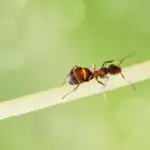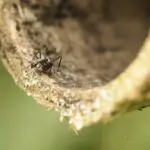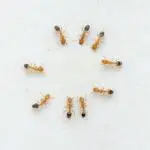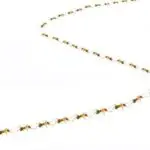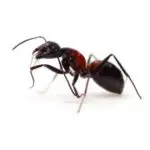Why Do Ants Have An Exoskeleton?
Unlike humans, ants do not have a bone structure. Instead, they have an exoskeleton, which is a hard outer covering that protects the body. This exoskeleton is composed of chitin, a natural polymer. The exoskeleton protects the ant from predators, the elements, and other dangers.
The exoskeleton is a tough, waterproof shell that surrounds the body of an ant. In addition to protecting the body from the outside world, the exoskeleton also protects the body’s internal organs. Exoskeletons are also used by other animals, such as crabs, lobsters, and shrimps.
The exoskeleton also provides leverage for the muscles of the ant. It also helps the body to move quickly and smoothly. Without an exoskeleton, ants would not be able to move as quickly and efficiently. This could make foraging for food difficult.
The exoskeleton also helps to protect the ant’s internal organs from infection and sudden temperature fluctuations. It also prevents the loss of water during dry seasons.
The exoskeleton also helps the ant to survive during floods by forming rafts. It also protects the ant from attacks by other members of its species. Without the exoskeleton, ants would be at risk of being crushed or smashed. The weight of the exoskeleton may also cause the ant to die.
The ant’s exoskeleton is a very important part of its body. It enables the ant to move and defend itself efficiently, especially when it’s moving into new areas. The exoskeleton is made up of four layers. The first layer is the outer exoskeleton. This layer is made of a waxy substance that helps to keep the ant’s body hydrated.

